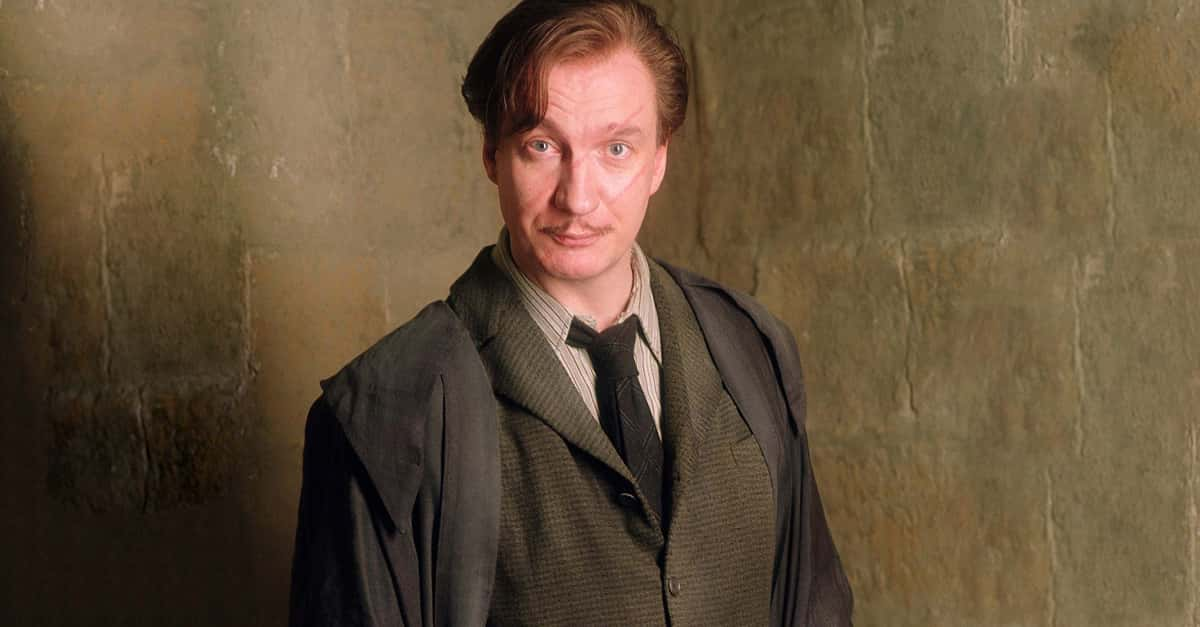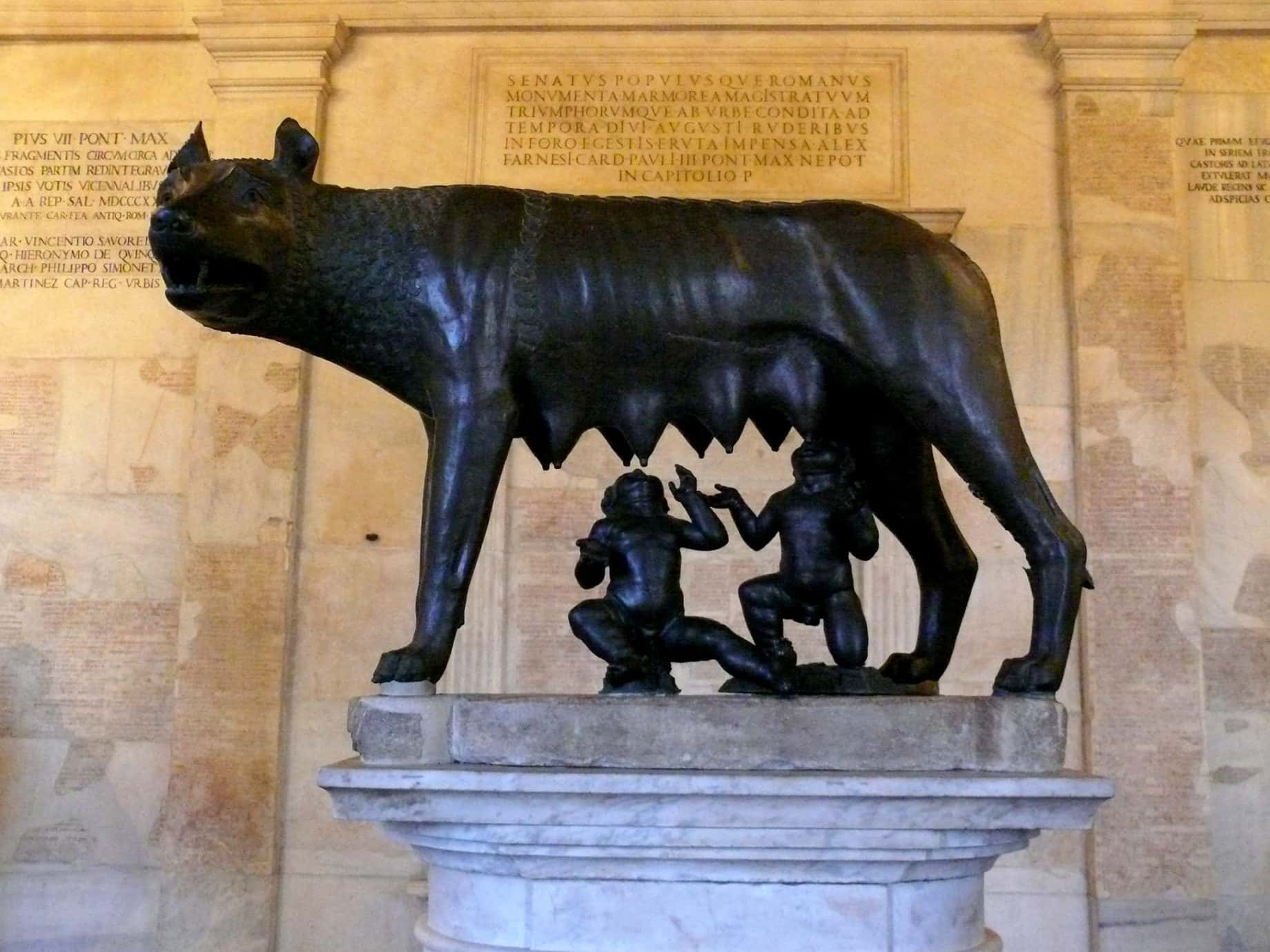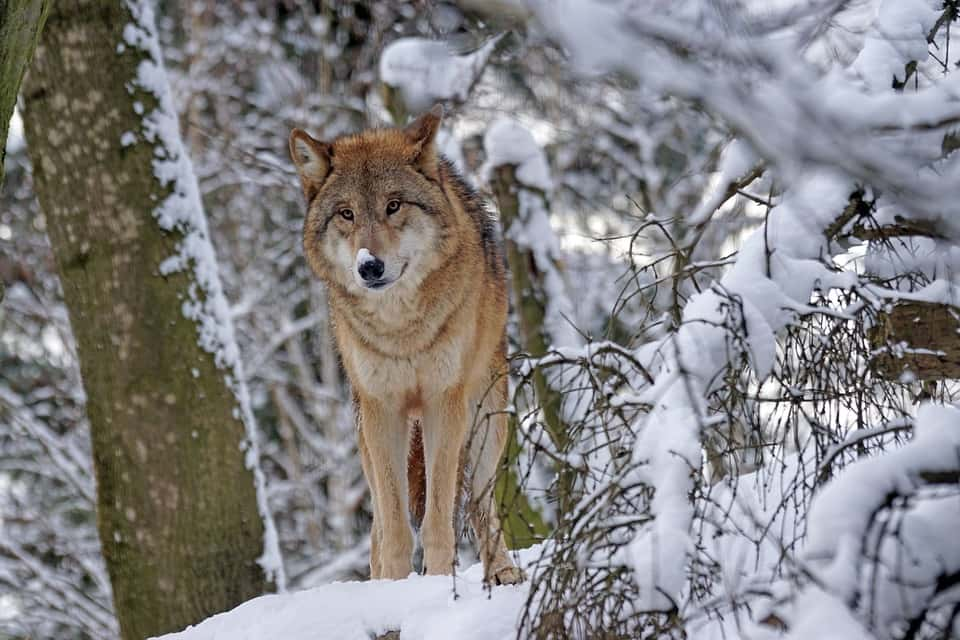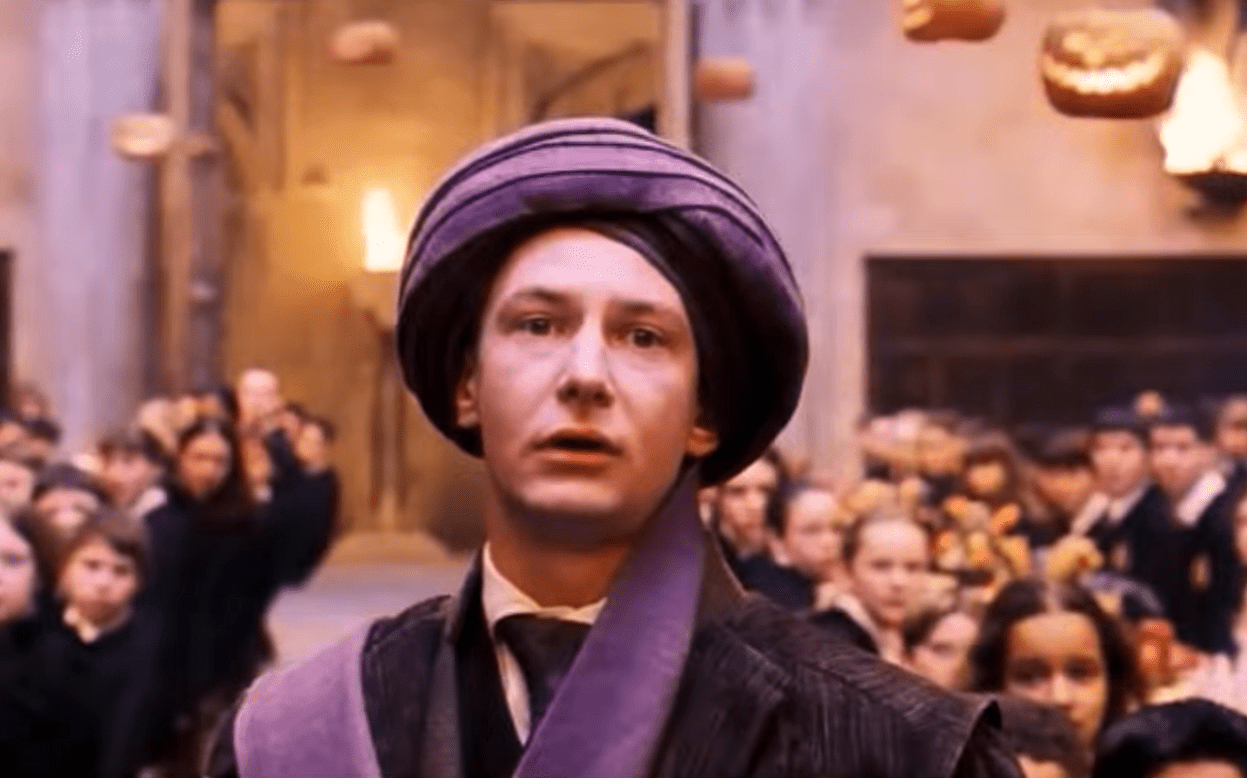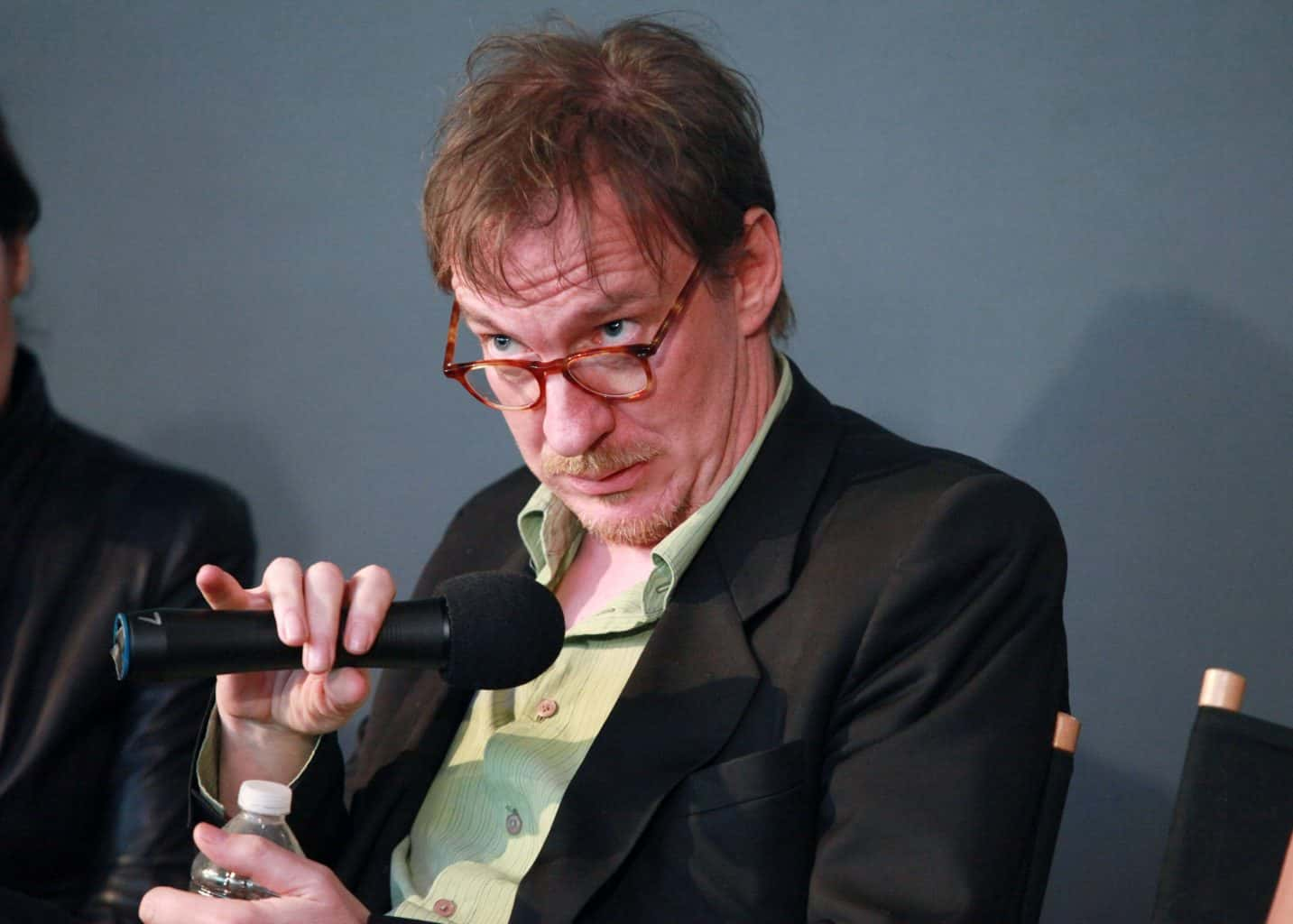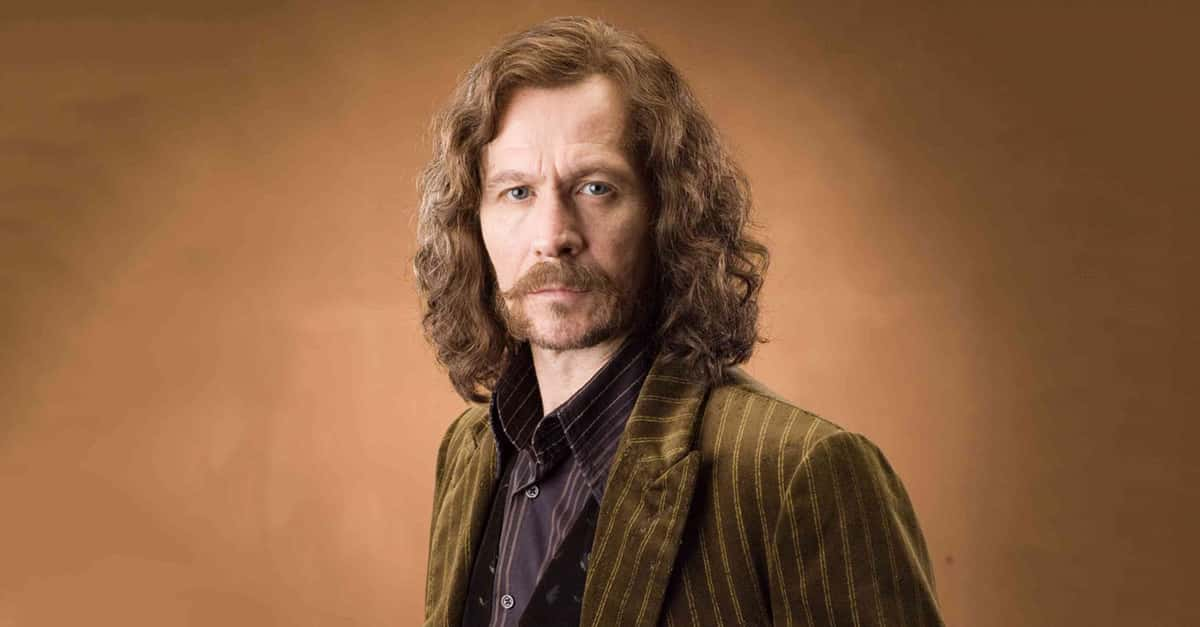It is a truth universally acknowledged that Remus Lupin was the best Defense Against the Dark Arts teacher Hogwarts has ever seen. But there’s a lot more to Harry’s favorite werewolf than lessons on Boggarts! Let's take a look.
Remus Lupin Facts
24. What’s in a Name?
Remus’ name is a clue to his identity: Roman mythology claims that the founders of Rome were two boys—Remus and Romulus—raised by a wolf. His surname is also hints at his true nature: “Lupin” is a play on the Latin word for wolf, “Lupus.” His middle name, “John,” refers to a wolf’s…. kidding! There’s no hidden wolf symbolism in “John.”
23. Family Names
The Lupin family sure was committed to heavy symbolism in their family tree. In an article published on Pottermore, J.K. Rowling revealed that Lupin’s father’s name was “Lyall Lupin.” The word “Lyall” comes from “Liulfr,” the Old Norse word for wolf, but Lyall Lupin was not a werewolf.
22. Moony the Marauder
In the third book in the Harry Potter series, Harry Potter and the Prisoner of Azkaban, Ron Weasley’s older brothers Fred and George give Harry and Ron a gift. The present is a magical map called the “Marauder’s Map,” created by four mysterious figures who are referred to only by nicknames: Moony, Wormtail, Padfoot, and Prongs. The map is finally revealed to have been created by Harry’s father James and his three best friends—including Remus Lupin, whose nickname was “Moony." No one knows exactly how the original four lost the map to Argus Filch, but some speculate that Filch cornered them after a tip-off from Professor Snape.
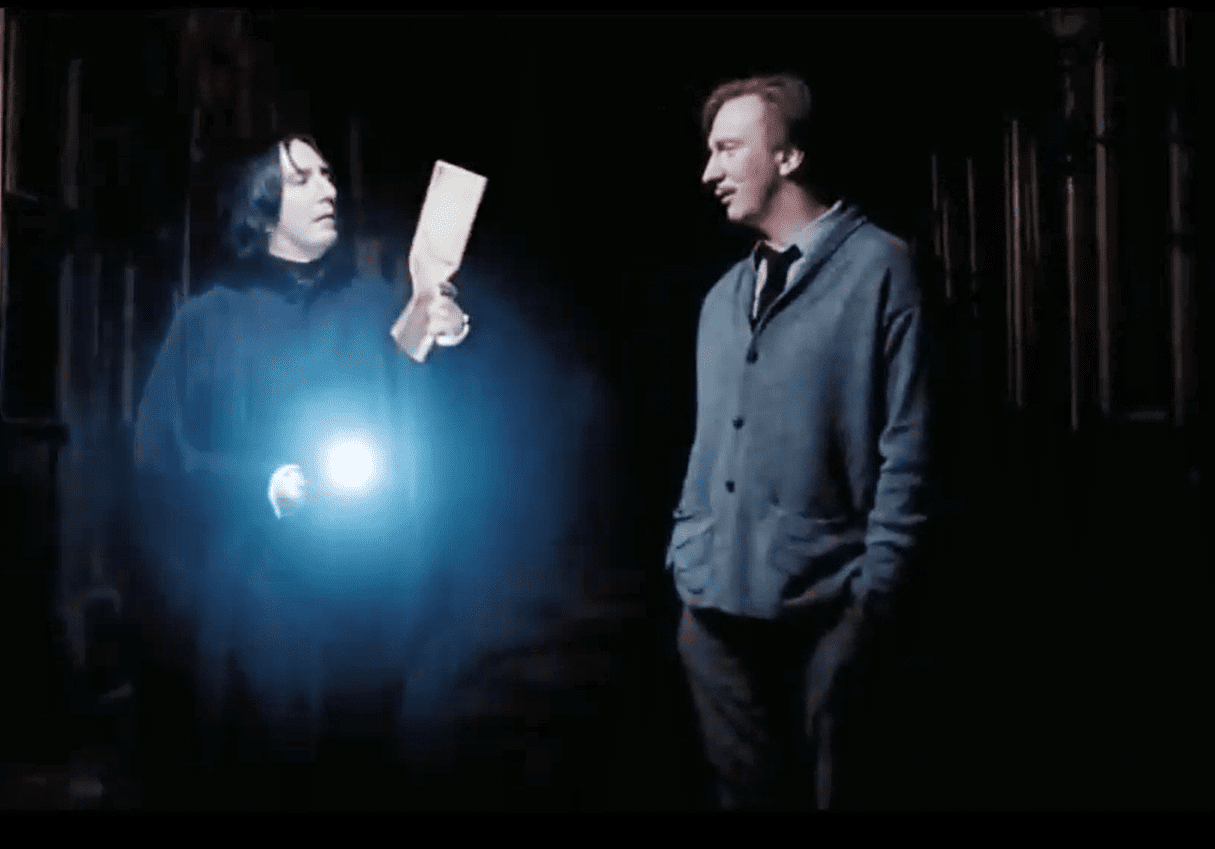 Harry Potter and the Prisoner of Azkaban (2004), Warner Bros.
Harry Potter and the Prisoner of Azkaban (2004), Warner Bros.
21. Rowling’s Number One
You might assume that Rowling’s favorite character in the series would be the hero, right? After all, the books are called the Harry Potter series, not the Hagrid series or even the Hermione Granger series (although that would be awesome, right?). Rowling’s favorite character, however, isn’t the obvious choice. She admitted that she “hated killing” Lupin, because he was one of her most beloved characters in the whole series.
 Harry Potter and the Prisoner of Azkaban (2004), Warner Bros.
Harry Potter and the Prisoner of Azkaban (2004), Warner Bros.
20. A Tough Childhood
Although the heavy symbolism of name might suggest that Lupin had always had lycanthropic tendencies, he was not born a werewolf. He was bitten and transformed into one at the tender age of four. This was no random attack: it was revenge. Lupin’s father Lyall, who worked at the Ministry of Magic, angered a werewolf named Fenrir Greyback when Lyall disagreed with lenient treatment Greyback received in questioning. Greyback retaliated by climbing through Remus’ window and biting the sleeping child.
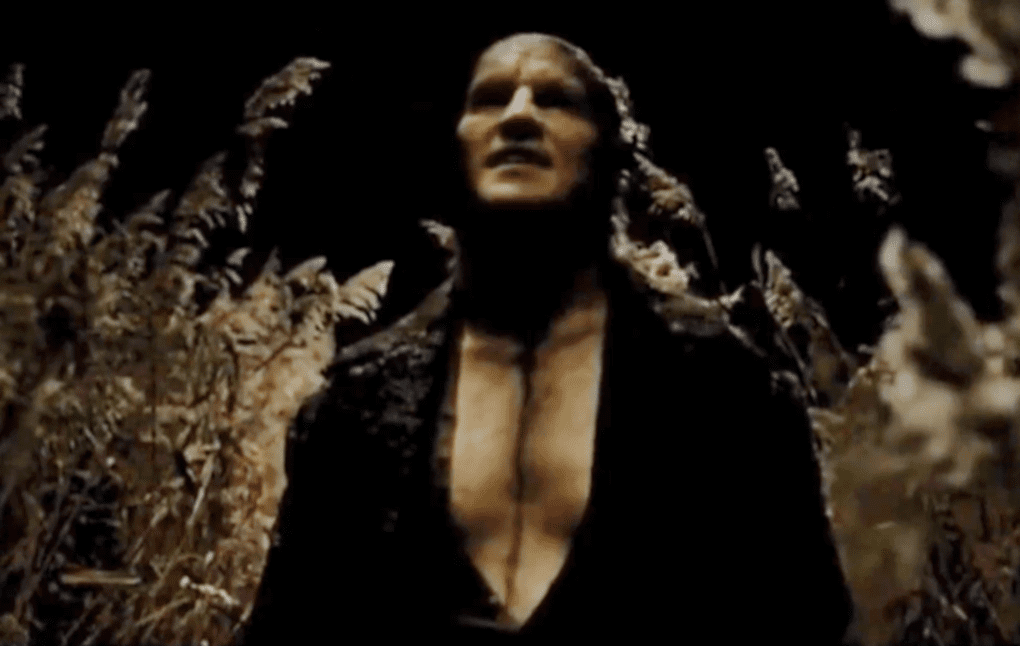 Harry Potter and the Half-Blood Prince (2009),Warner Bros.
Harry Potter and the Half-Blood Prince (2009),Warner Bros.
19. Friends in Need
In the books, the other members of Lupin’s childhood friendship circle—James, Peter, and Sirius—transform themselves into Animagi so that they can stay with Lupin when the full moon turns Remus into a wolf.
 Harry Potter and the Prisoner of Azkaban (2004), Warner Bros.
Harry Potter and the Prisoner of Azkaban (2004), Warner Bros.
18. Fighting Stigma
In the Harry Potter universe, werewolves are discriminated against by witches and wizards. In fact, Remus’s own father once believed in the stereotypes about werewolves, and said that they were “soulless, evil, deserving nothing but death.” Lyall Lupin changed his tune after Remus was bitten, and throughout the books, Remus Lupin repeatedly confronts and challenges prejudice towards werewolves, often quite successfully. After the Battle of Hogwarts, Lupin was awarded the Order of Merlin, First Class—the first werewolf ever to receive such an honor.
 Harry Potter and the Prisoner of Azkaban (2004), Warner Bros.
Harry Potter and the Prisoner of Azkaban (2004), Warner Bros.
17. Boggarts: A Lupin Family Tradition
One of Remus Lupin’s most successful Defense Against the Dark Arts lessons focused on Boggarts, creatures with the ability to assume the guise of a witch or wizard’s worst fear (incidentally, it is during this lesson that Hermione Granger, always the smartest in the room, notices that the Boggart transforms itself into the moon when Lupin faces it). What the Prisoner of Azkaban leaves out, however, is that Boggarts play an important role in the Lupin family. Lupin’s father Lyall met his mother Hope—a beautiful Muggle—when Hope ran into a Boggart in the guise of a large, scary man while walking through some woods. Lyall came to her rescue and defeated the Boggart, but quickly realized that as Hope was a Muggle, she had no idea that the Boggart was a harmless creature. Instead, he allowed her to believe (for a short while) that he had protected her from the man!
 Harry Potter and the Prisoner of Azkaban (2004), Warner Bros.
Harry Potter and the Prisoner of Azkaban (2004), Warner Bros.
16. Patronus
The Harry Potter books never reveal the nature of Lupin’s Patronus, even though he is the one who teaches Harry how to cast the spell. Rowling disclosed the shape of the Patronus in a later article: Lupin’s Patronus is an ordinary wolf, not a werewolf. Lupin was nevertheless very uncomfortable with his Patronus and preferred not to cast corporeal Patronus spells.

History's most fascinating stories and darkest secrets, delivered to your inbox daily.
15. A Bad Apple
Lupin may have been an honorable werewolf, but the man who turned him was decidedly not. Fenrir Greyback was a loyal supporter of Voldemort, and he specialized in attacking children.
 Harry Potter and the Deathly Hallows: Part 1 (2010), Warner Bros.
Harry Potter and the Deathly Hallows: Part 1 (2010), Warner Bros.
14. One or the Other
Some of the Harry Potter series was planned years in advance, but Lupin’s death was not part of a master plan. Rowling only decided to kill Lupin when she was writing Order of the Phoenix. Specifically, Rowling admitted that it came down to Arthur Weasley or Remus Lupin: if Weasley lived, then Lupin had to go. Weasley survived, and so Lupin died.
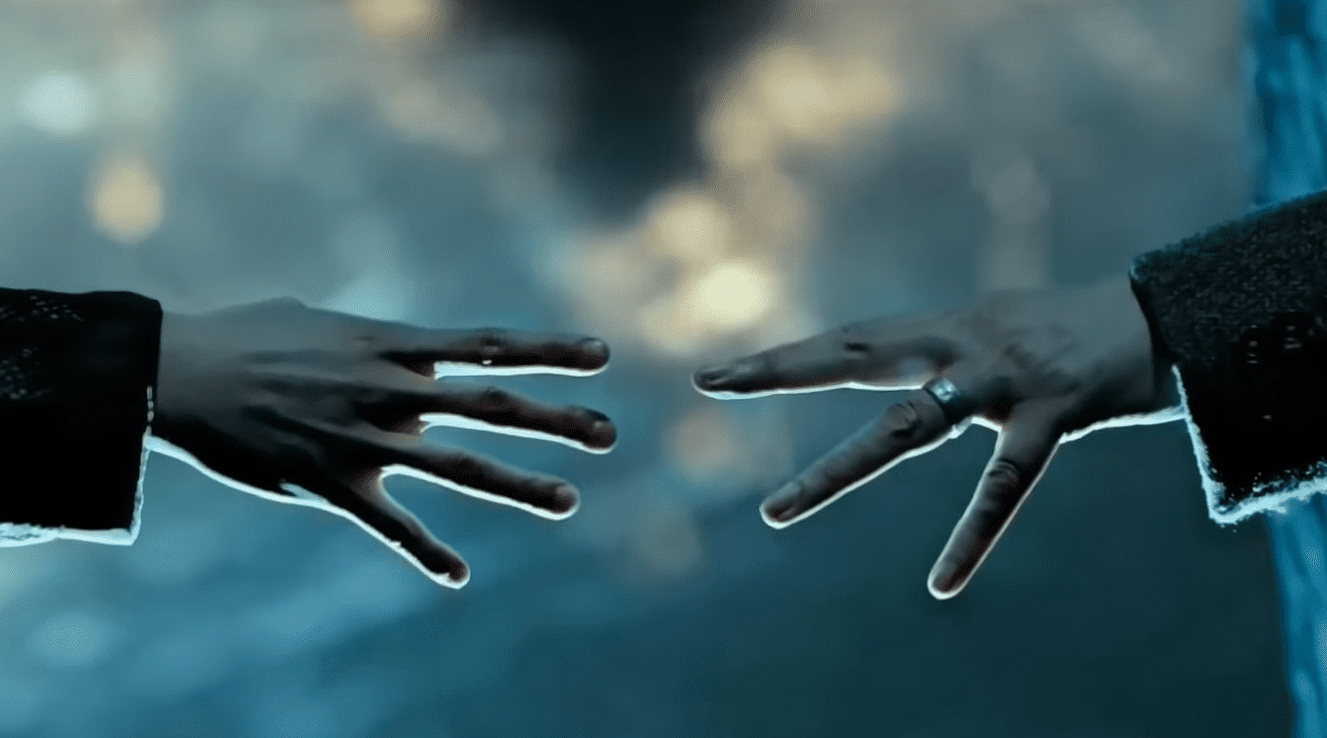 Harry Potter and the Deathly Hallows: Part 2 (2011), Warner Bros.
Harry Potter and the Deathly Hallows: Part 2 (2011), Warner Bros.
13. Echoes of the Past
Lupin’s wife Nymphadora Tonks dies in the same battle as Lupin, leaving their infant son Teddy an orphan. This deliberately echoes Harry’s own story and was intended as a commentary on how often war destroys families. Rowling said in 2007 that"[a]s happened in the first war when Harry's left behind, I wanted us to see another child left behind. And it made it very poignant that it was their newborn son."
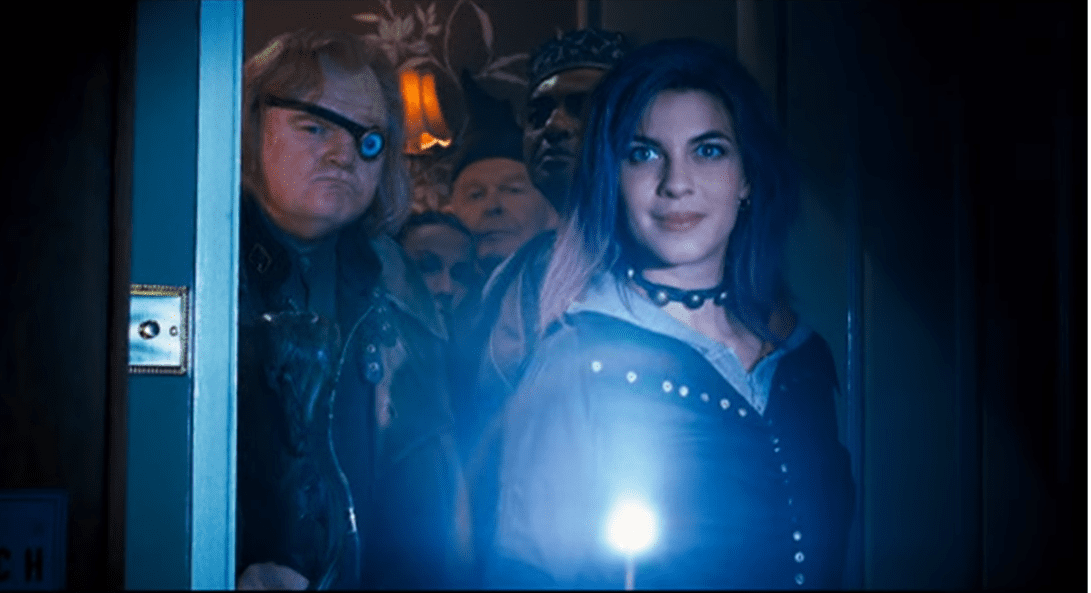 Harry Potter and the Order of the Phoenix, Warner Bros.
Harry Potter and the Order of the Phoenix, Warner Bros.
12. Superwolves
Generally, werewolves in the Harry Potter universe must attack humans in order to create new werewolves. However, if two werewolves meet and mate while in wolf form, the babies of such a union are not werewolves, but regular wolves with one key difference: an abnormally high intelligence.
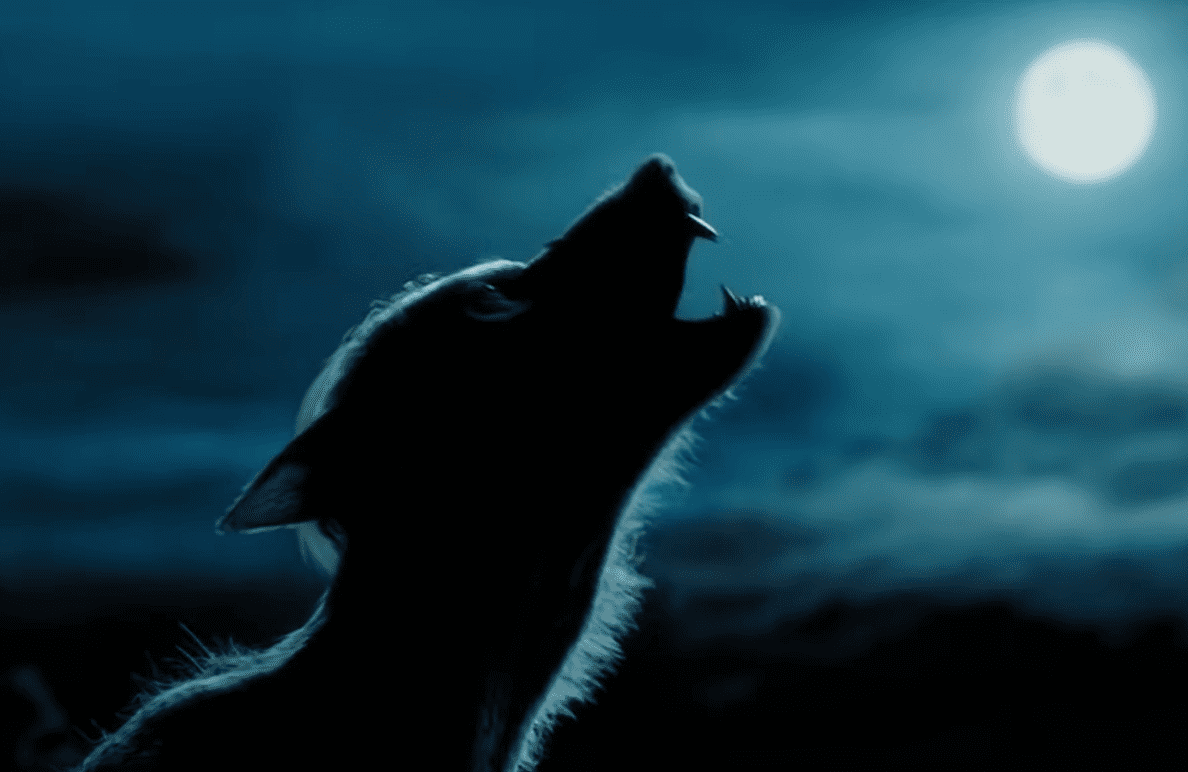 Harry Potter and the Prisoner of Azkaban (2004), Warner Bros.
Harry Potter and the Prisoner of Azkaban (2004), Warner Bros.
11. Wolves That Look Like Humans
The special effects team on the Harry Potter movies wanted to create a vision of Lupin’s werewolf transformation that would reflect the uniqueness of Lupin’s character, rather than relying on cinema stereotypes of bloodthirsty lycanthropes. After all, a major plot point for Lupin’s character is that he wants to combat stereotypes about werewolves! The movie version of Remus Lupin was thin, emaciated, and nearly hairless, which echoed the sad living situation and social alienation of human Lupin.
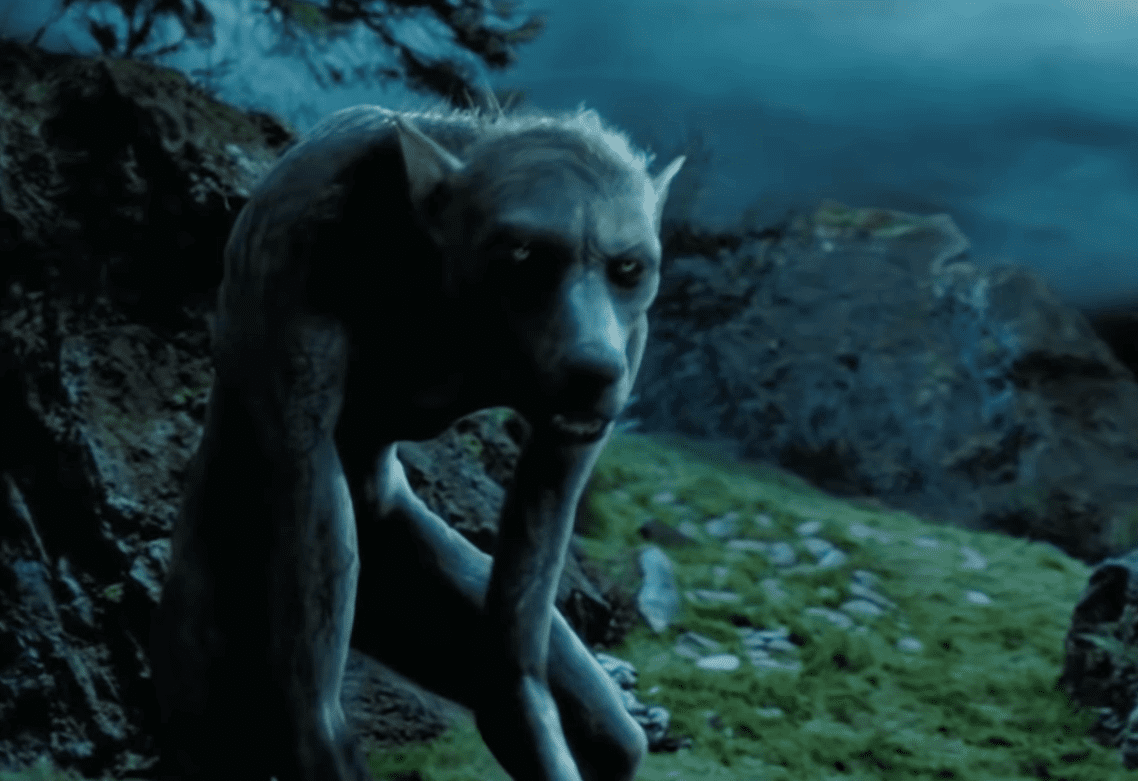 Harry Potter and the Prisoner of Azkaban (2004), Warner Bros.
Harry Potter and the Prisoner of Azkaban (2004), Warner Bros.
10. Blood Borne
Lupin’s werewolf condition is a blood-borne disease that is highly stigmatized. Sound familiar? Rowling intended for lycanthropy in her books to be a metaphor for real stigmatized illnesses such as HIV/AIDS.
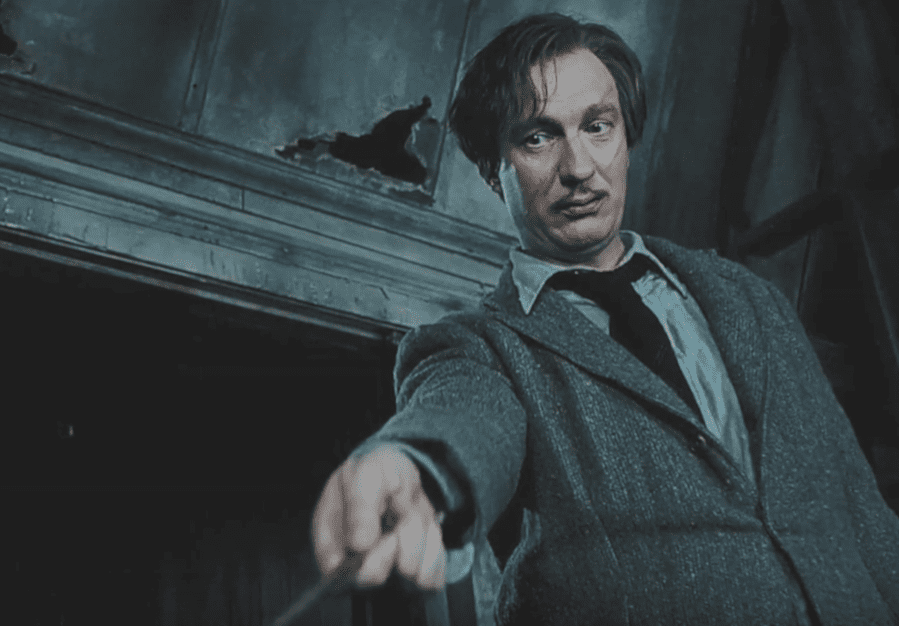 Harry Potter and the Prisoner of Azkaban (2004), Warner Bros.
Harry Potter and the Prisoner of Azkaban (2004), Warner Bros.
9. Sorry, Tonks!
Actor David Thewlis, who played Remus Lupin in the movie adaptations of the Harry Potter books, revealed a surprising motivation for his character: without consulting Rowling, the director of the third movie, Alfonso Cuaron, told Thewlis to play Lupin as though the werewolf were gay. Thewlis explains that he had to adjust his understanding of his character once it was revealed that Lupin would marry Nymphadora Tonks: “So I’d been playing a part like a gay man for quite a long time. Until it turned out that I indeed got married to Tonks. I changed my whole performance after that.”
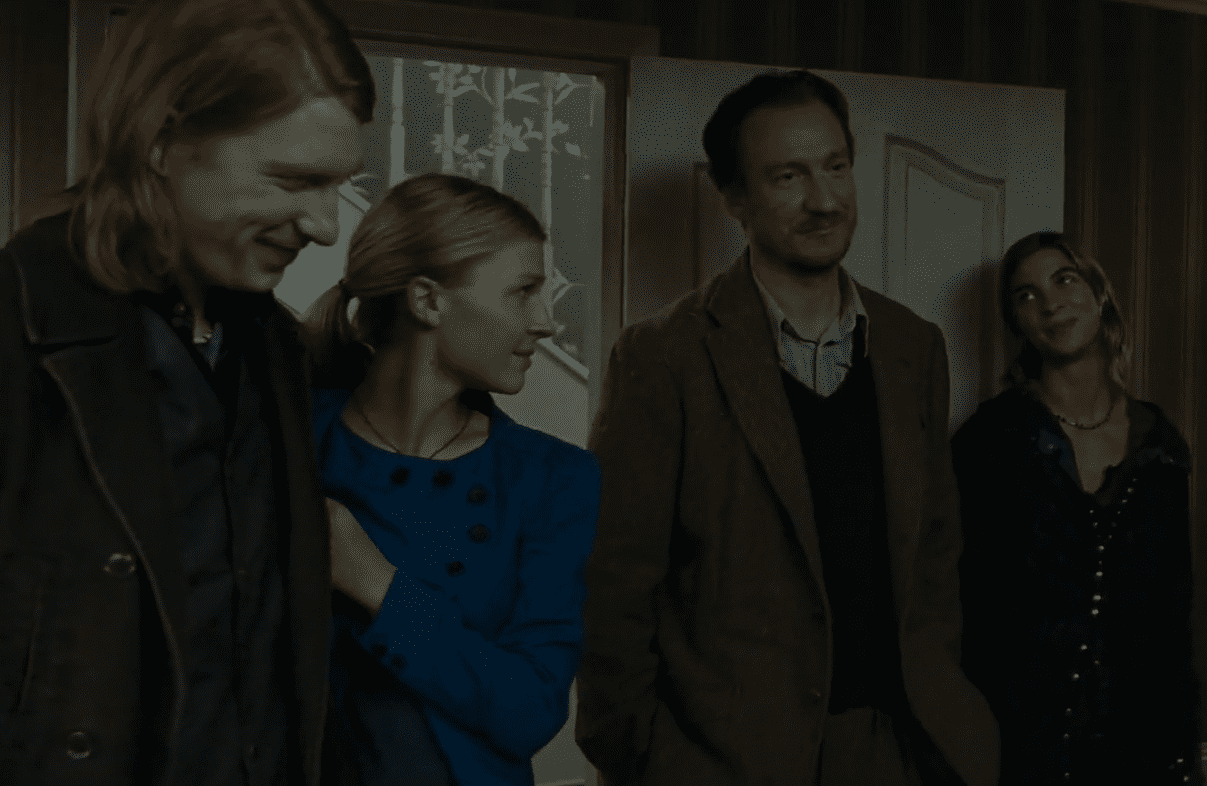 Harry Potter and the Deathly Hallows: Part 1 (2010), Warner Bros.
Harry Potter and the Deathly Hallows: Part 1 (2010), Warner Bros.
8. Unusual Addresses
In the books, Lupin spent a lot of time in the Shrieking Shack, which was built under the Whomping Willow for him to hide in during the full moon. In real life, the actor David Thewlis lived in a similarly unusual location: a Victorian ballroom in London, complete with a mezzanine gallery.
 Harry Potter and the Prisoner of Azkaban (2004), Warner Bros.
Harry Potter and the Prisoner of Azkaban (2004), Warner Bros.
7. Personal Invitation
Remember the rush in book one when Harry receives his letter to Hogwarts? Remus Lupin got something even better: a personal visit from Albus Dumbledore. As wise as ever, Dumbledore did not agree with the discrimination werewolves faced in the wizarding community, and so he made specific accommodations, such as building the Shrieking Shack, that made it possible for Lupin to attend Hogwarts. Later on, Dumbledore would do Lupin a similar favor by offering the younger man the job of teaching Defense Against the Dark Arts.
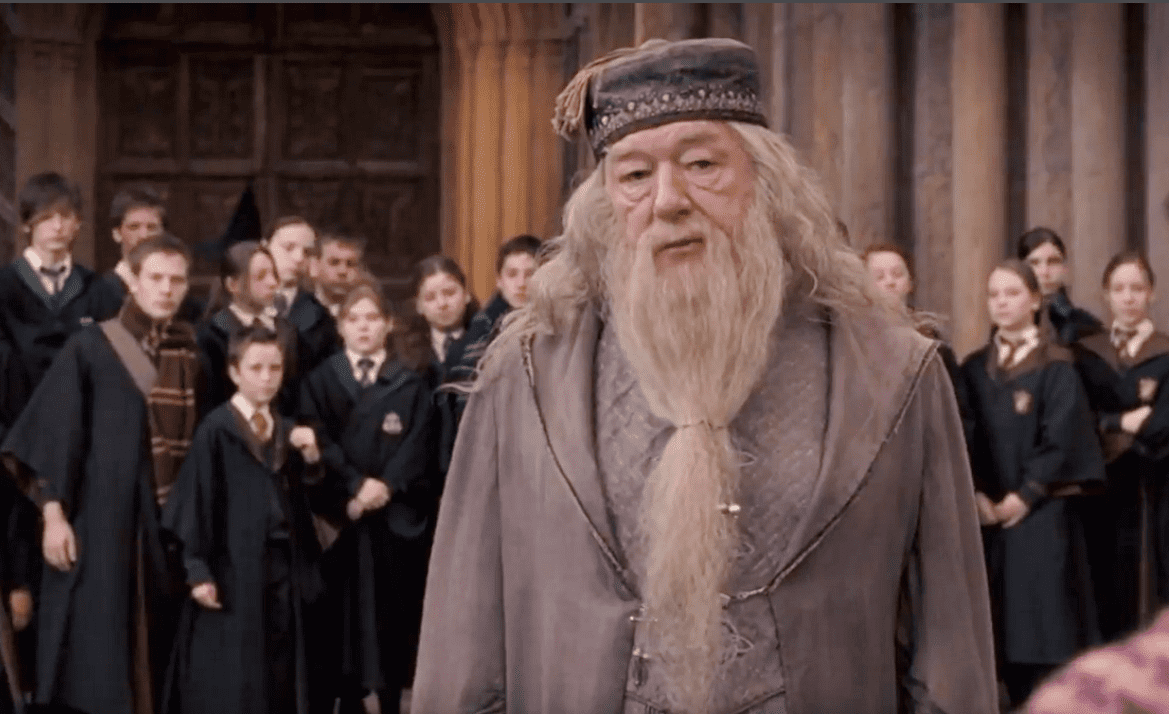 Harry Potter and the Order of the Phoenix (2007), Warner Bros.
Harry Potter and the Order of the Phoenix (2007), Warner Bros.
6. Carrying on the Line
While Remus and Nymphadora’s son Teddy did not inherit his father’s lycanthropy, he did inherit Tonks’ shapeshifting abilities. He was also sorted into Hufflepuff (like his mom) and made Head Boy in his seventh year.
 Harry Potter and the Deathly Hallows: Part 2 (2011), Warner Bros.
Harry Potter and the Deathly Hallows: Part 2 (2011), Warner Bros.
5. The Power of Friendship
Lupin admitted to Harry that it was difficult to remember his humanity once he had transformed into a werewolf. However, once the other Marauders became Animagi, their presence not only allowed James, Sirius, and Peter to keep Lupin company, it also helped him stay more grounded in his human self throughout the full moon. In the third book of the series, Lupin says to Harry that “Under their influence, I became less dangerous. My body was still wolfish, but my mind seemed to become less so while I was with them.”
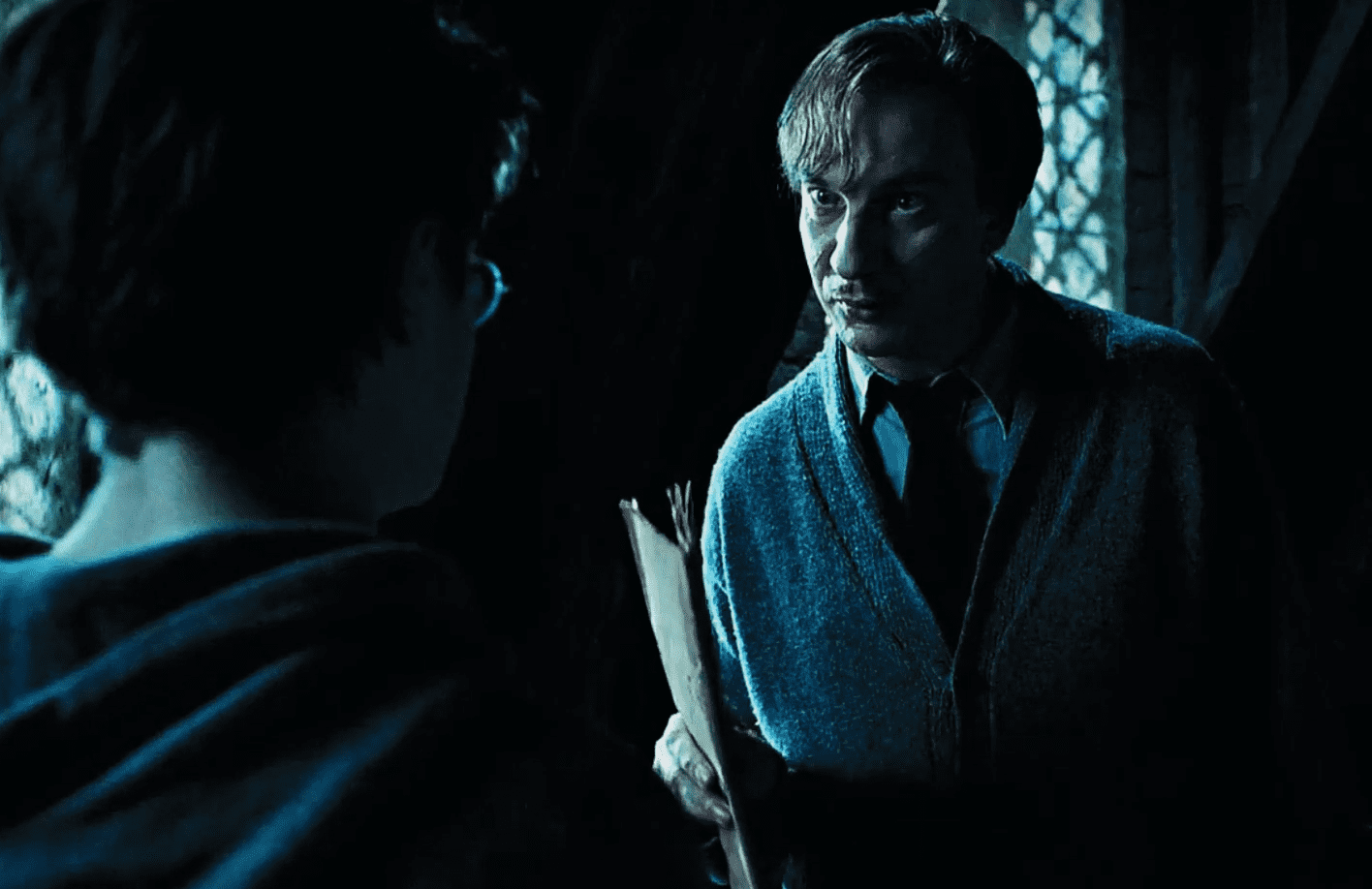 Harry Potter and the Prisoner of Azkaban (2004), Warner Bros.
Harry Potter and the Prisoner of Azkaban (2004), Warner Bros.
4. Complicated Outfits
It took six hours for the special effects team on the Harry Potter movies to apply the prosthetics and makeup needed for David Thewlis to become a werewolf.
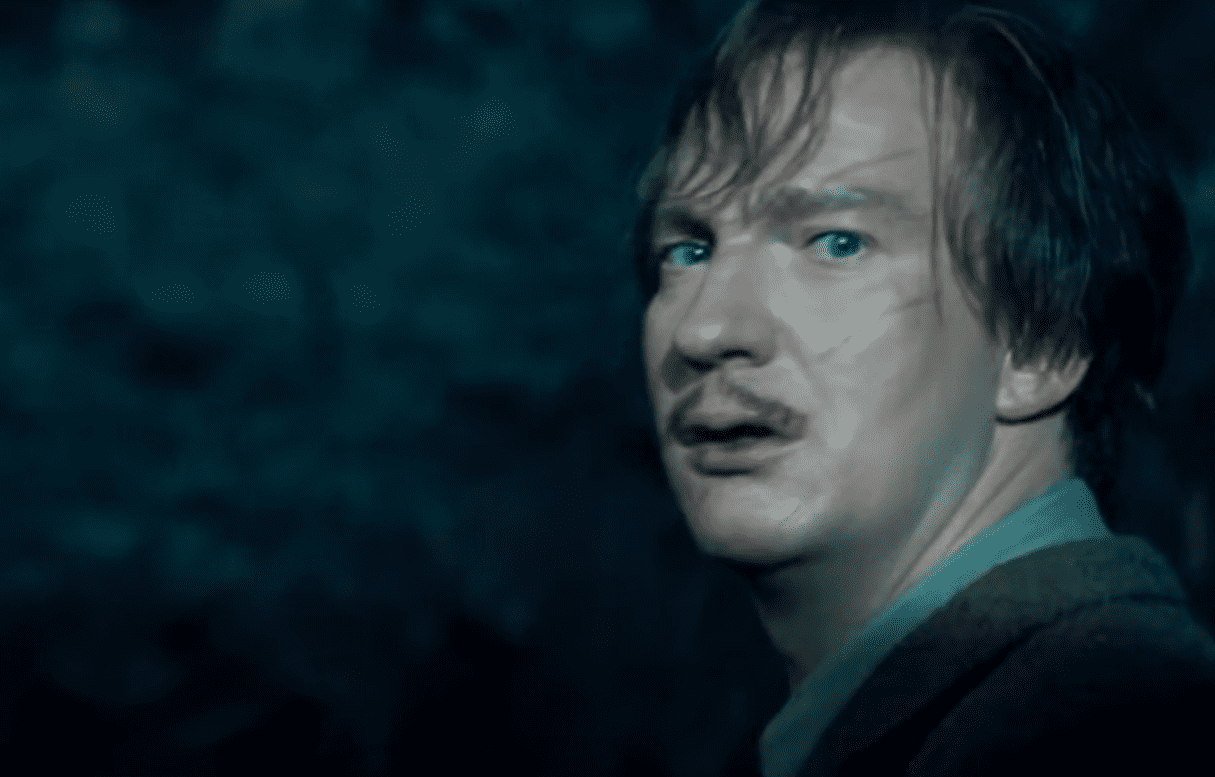 Harry Potter and the Prisoner of Azkaban (2004), Warner Bros.
Harry Potter and the Prisoner of Azkaban (2004), Warner Bros.
3. Quirrell or Lupin
Although it’s hard now to imagine Thewlis playing anyone other than Remus Lupin, he initially auditioned to be Professor Quirrell.
2. Lupin From Scratch
Thewlis auditioned for his role more or less blind: he hadn’t read the second or third books of the series, and so auditioned for the part without knowing anything about Lupin’s character or history.
1. Legacy
All of the Marauders, including Lupin, die resisting Voldemort (even Peter Pettigrew). Lupin served as one of many surrogate father figures to Harry, and Harry continues this tradition on in his role as godfather to Lupin’s orphaned son Teddy.
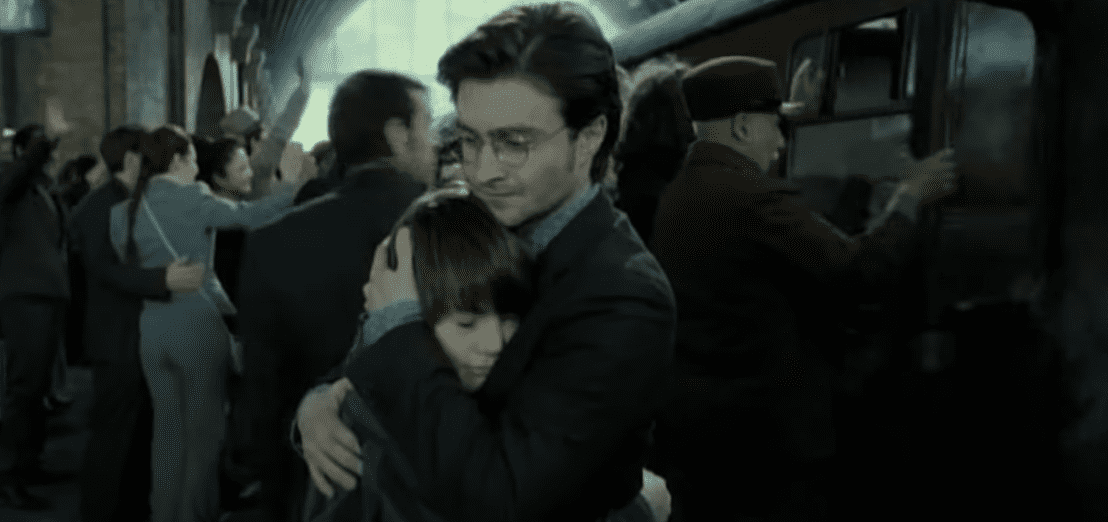 Harry Potter and the Deathly Hallows(2), Warner Bros.
Harry Potter and the Deathly Hallows(2), Warner Bros.
Sources: 1, 2, 3, 4, 5, 6, 7, 8, 9, 10, 11, 12, 13, 14, 15, 16, 17

